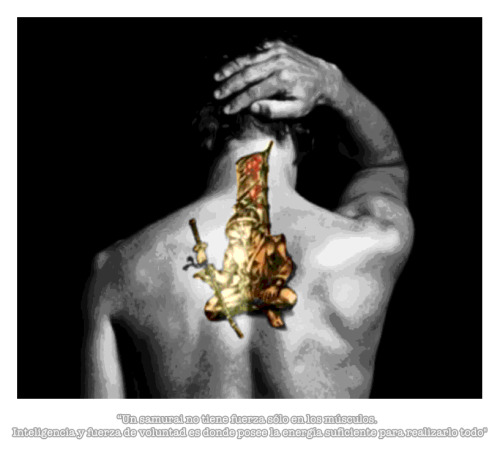n smikle wrote:...
I am trying to imagine how a panel made of carbon fibres with aluminum/magnesium alloy, will be advantageous to CFRP... It might be in strength and certain conditions where brittleness is undesirable...
you wouldn't want to use an aluminum MMC in an F1 (body or tub, i'm assuming) panel. it would be hideously expensive and offer no advantage over a well designed FRP (Fiber Reinforced Plastic) sandwich panel. look at the cut in half Sauber(?) and see how many of the load bearing tub pieces are sandwich panels. (you typcially don't want a monolithic panel if you're going for a stiffness-driven design.)
the advantage for MMC (and metal) over FRP in a part or fitting comes when you have concentrated loads changing direction rapidly in a complex, relatively compact part.
except for a few bold designs - such as from Airbus - FRP parts generally have a metal fitting where the load becomes concentrated. there is an excellent thread here on this site showing cutaways of an F1 suspension arm and the transition from FRP to the metal end fittings.
you could use a cast MMC in something like a suspension upright. but it would be expensive to cast and to machine. a typcial aluminum MMC reinforcement is silicon carbide (SiC). but almost always you can't use regular cutting tools (which are the same material), so you end up using diamond coated tools. the teams have used 3D Ti for these instead........
an excellent use of alumiinum MMCs is in extruded aluminum shapes that are fastened together. i worked at a company that used this idea for a couple of avionics racks where stiffness was critical. the extra stiffening of the aluminum by the Sic was important. the amount of maching by special tools was minimized.


